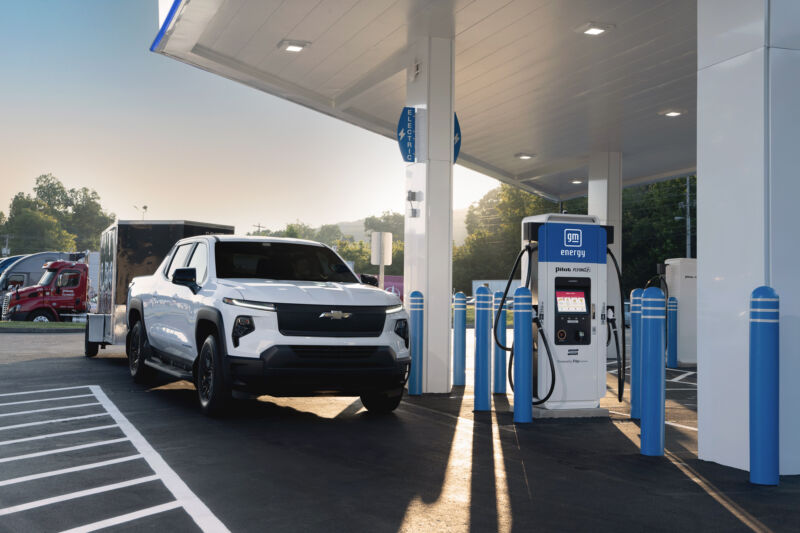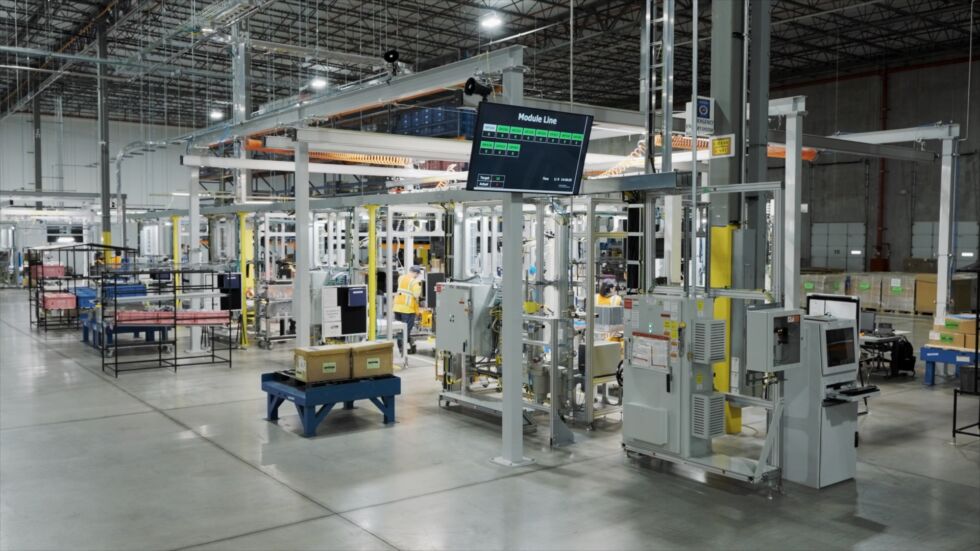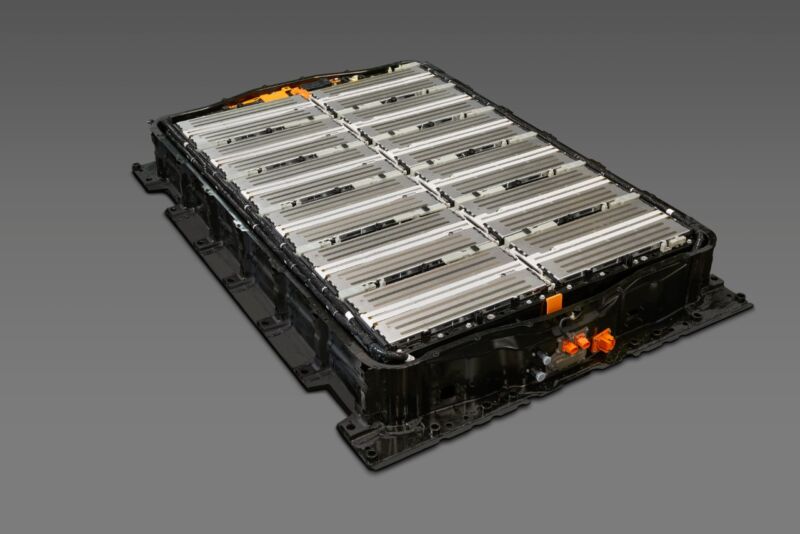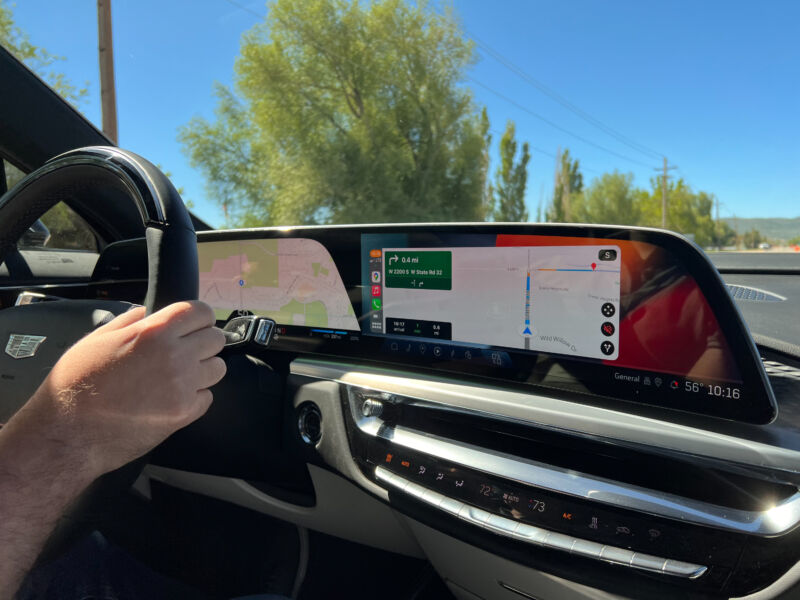-
 chevron_right
chevron_right
GM stops sharing driver data with brokers amid backlash
news.movim.eu / ArsTechnica · Friday, 22 March - 20:23

Enlarge (credit: Aurich Lawson | Getty Images)
After public outcry, General Motors has decided to stop sharing driving data from its connected cars with data brokers. Last week, news broke that customers enrolled in GM's OnStar Smart Driver app have had their data shared with LexisNexis and Verisk .
Those data brokers in turn shared the information with insurance companies, resulting in some drivers finding it much harder or more expensive to obtain insurance. To make matters much worse, customers allege they never signed up for OnStar Smart Driver in the first place, claiming the choice was made for them by salespeople during the car-buying process.
Now, in what feels like an all-too-rare win for privacy in the 21st century, that data-sharing deal is no more.







